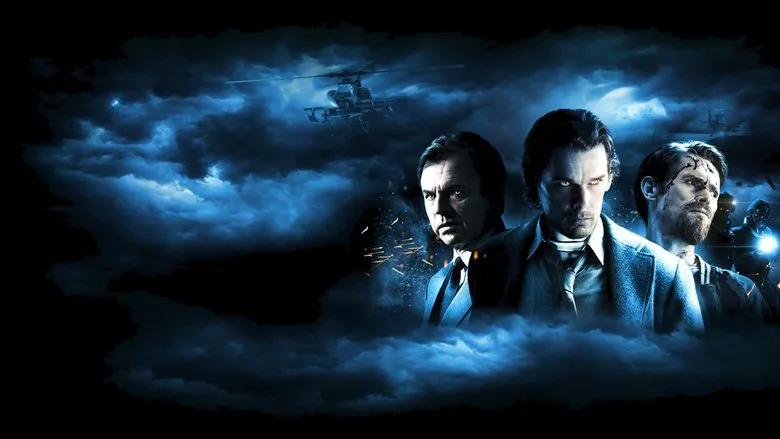
Daybreakers: A Vampire’s Dilemma in a World Drained Dry
What do vampires eat when they’ve drained every human dry? How do vampires drive cars? Do vampires even possess a conscience? Every vampire film leaves us with unanswered questions. “Daybreakers” tackles these questions head-on, crafting a smart social commentary that continues the trend of intelligent genre films we’ve seen emerge recently.
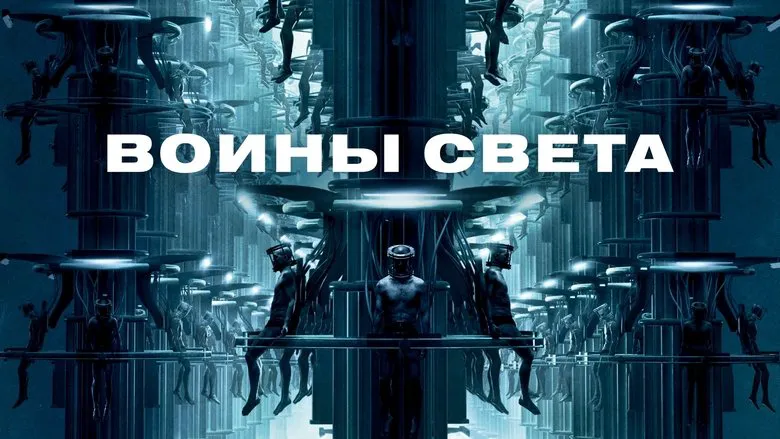
A World Transformed
A global epidemic in 2009 transformed most of Earth’s inhabitants into vampires. Now, they burn in sunlight, live by night, and add human blood to their midnight coffee instead of cream. The few remaining humans are either livestock, kept in stasis on high-tech farms, or outlaws on the run.
Ten years after the epidemic, society functions, with police and public transportation operating as usual. But there’s a problem: food is running out. The work on artificial blood, led by the conscientious hematologist Edward Dalton (Ethan Hawke), who disapproves of human slaughter, isn’t progressing. A vampire who doesn’t drink soon turns into a mindless, rat-like creature. Hope arrives when the hematologist encounters the human resistance and an unexpected scientific discovery.
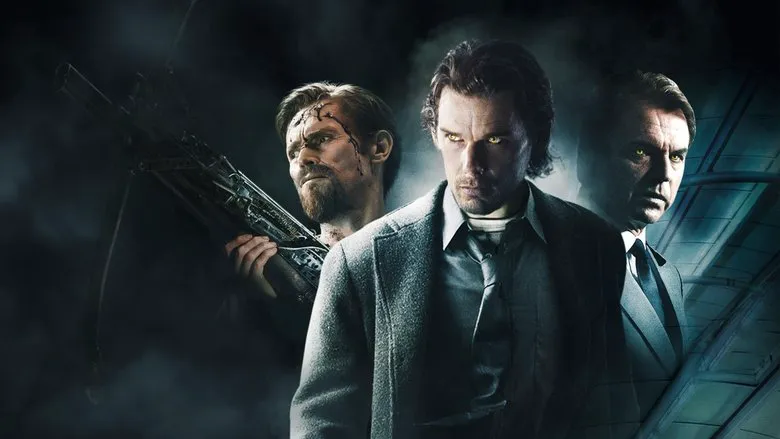
A Fresh Take on Vampire Lore
If surprising the audience is a duty of science fiction, then “Daybreakers” succeeds. The detailed depiction of vampire civilization, from car modifications for daytime travel to the stages of degradation of starving vampires into infernal homeless people, is impressive. Few are as persistently thoughtful about the everyday culture of ghouls as the Spierig brothers, who directed this film. A melancholic Ethan Hawke, resembling an Amish man in his suit and black hat, a dashing Willem Dafoe as a human rebel, vampire-human shootouts, newspaper headlines (“Vampire Animals Cause Serious Forest Fires by Going Out in the Sun!!!”) – it’s all very appealing. So much so that one can overlook the fact that the Spierigs are more clever than truly gifted.
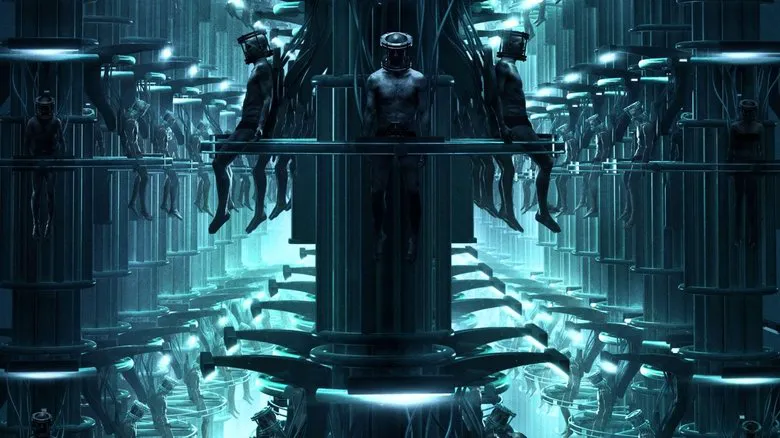
Vampires as Metaphor
For a clever filmmaker, vampires are a goldmine, a universal metaphor far removed from the simple repressed sexuality of “Dracula.” If in “True Blood” they were perfect as a persecuted minority, in “Daybreakers” they perfectly embody the “golden billion,” sucking the life out of the world. Twisting the undead to illustrate a leftist slogan is an engaging and useful exercise, and the Spierigs do it skillfully. I’d love to reveal the film’s main secret, but I’ll stay quiet. Let’s just say that the final battle, where blood flows like boiling water in a sauna, is a surprising twist, unlike anything seen before in vampire films.
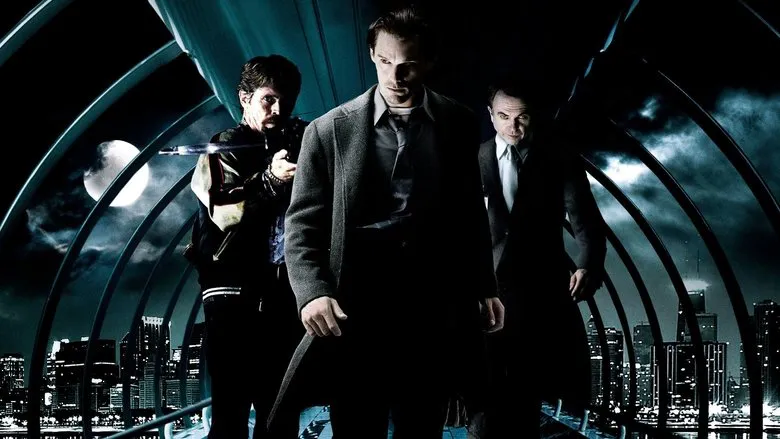
The Essence of Humanity
But the film’s main merit comes not from great intelligence or talent, but from a seemingly minor detail. The Spierig brothers managed to grasp the essence of the difference between a human and a vampire: a vampire can be good, a human can be bad, but a human can sit in the sun and watch the sunrise, while a vampire burns. A human is alive, a vampire is dead. A small difference, it seems, especially considering that the dead live quite well.
But when the sun rises in “Daybreakers,” you almost physically feel its warm light on your face and happily realize: you’re alive.